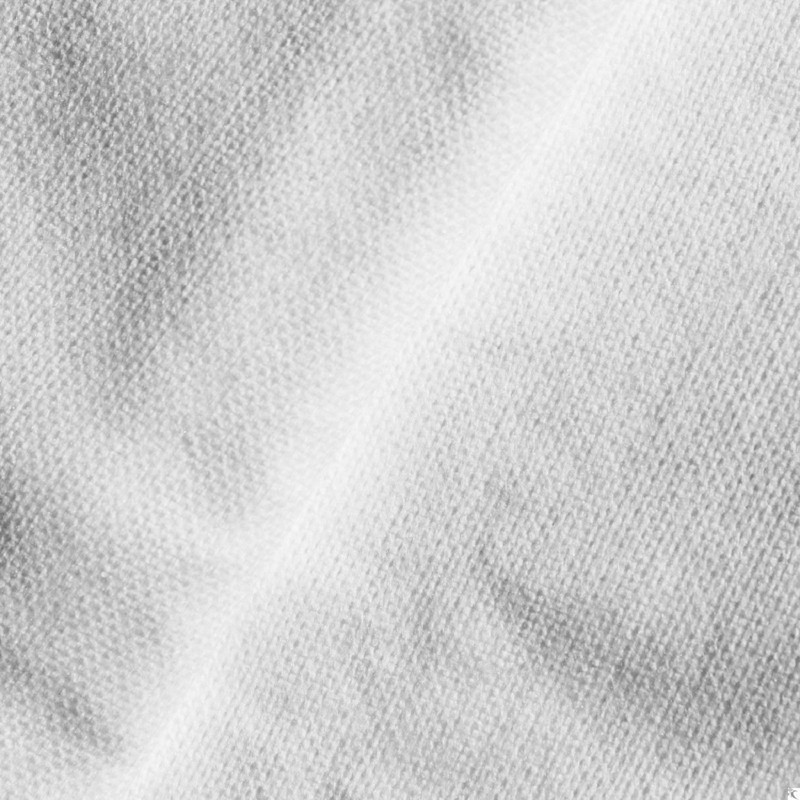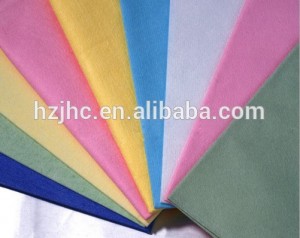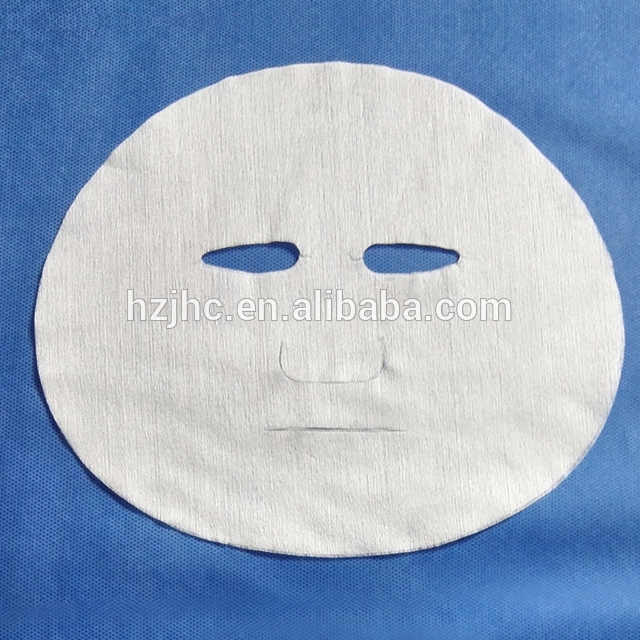Huizhou JinHaoCheng Non-Woven Fabric Co., Ltd is founded in 2005, located in Huiyang District, Huizhou City, Guangdong Province, which is a professional non woven production-oriented enterprise with 15-years history. Our company has realized fully automated production which can reach a total annual production capacity to 10,000 tons with 12 production lines in total. Our company had obtained ISO9001 quality management system certification in 2011, and was rated as "High-tech Enterprise" by our nation in 2018. As a spunlaced nonwovens manufacturer, I would like to share with you the development prospects of spunlaced nonwovens.
Development trend of spunlaced nonwovens
China is a big country of cotton production and consumption. With the change of raw materials and technological progress of nonwovens, spunlaced nonwovens came into being because wood oars and man-made fibers are restricted by environmental protection and national industrial policy. At present, the domestic spunlaced nonwovens consumption base is low, with an annual growth rate of 60%.
According to the survey, the total annual output of the national spunlaced nonwovens production line is no more than 10, 000 tons. It is estimated that the annual consumption of spunlaced nonwovens in China will exceed 100000 tons, and the global demand will exceed 1.5 million tons. For example, wood paddles and man-made fiber nonwovens will be gradually replaced by cotton nonwovens, and the global demand will exceed 5 million tons.
The finished product is produced by deep processing of spunlaced non-woven base material, and its consumer market is even more huge. Take medical and health nonwovens as an example, the annual demand increases by an average of 10 percent, reaching 260000 tons in 2007. The share of non-woven fabrics in medical textile products in developed countries has reached 70-80 percent, while China's share is only about 15 percent. Take diapers and sanitary napkins as an example, the market has 350 million women of the right age, 78 million babies under 2 years old, 120 million people over 60 years old, and 2 million paralyzed and hemiplegic patients. Spunlaced nonwovens can replace traditional sanitary materials and improve the performance of disposable sanitary products. This kind of products have great potential for development. The national sanitary napkin market has a demand of 90 billion yuan. If spunlaced non-woven nano-antibacterial chip sanitary napkins are developed, the national demand will be less than 10 billion, with an annual growth rate of more than 10 percent.
Manufacturing materials of spunlaced nonwovens
(1) Natural fiber: cotton, wool, hemp, silk.
(2) conventional fiber: viscose fiber, polyester fiber, acetate fiber, polypropylene fiber, polyamide fiber.
(3) differential fibers: ultra-fine fibers, profiled fibers, low melting point fibers, high crimp fibers, antistatic fibers.
(4) High functional fiber: aromatic polyamide fiber, carbon fiber, metal fiber.
Spunlaced nonwovens spray high-pressure fine water onto one or more layers of fiber mesh, so that the fibers are entangled with each other, so that the fiber mesh can be strengthened and have a certain strength, and the resulting fabric is spunlaced nonwovens. Its fiber raw materials come from a wide range of sources, such as polyester, nylon, polypropylene, viscose fiber, chitin fiber, ultra-fine fiber, weasel, silk, bamboo fiber, wood pulp fiber, seaweed fiber and so on.
The above is the introduction of the development prospect of spunlaced nonwovens. If you want to know more about spunlaced nonwovens, please feel free to contact our manufacturers for advice.
More from Our Portfolio
Post time: Jan-06-2022



